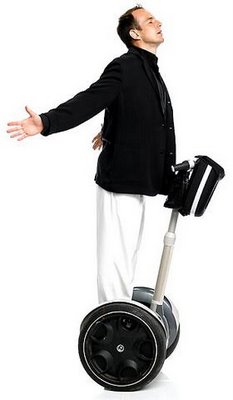Yesterday my oldest child turned fifteen. I remember one day, when she was three, standing and talking with a mother of a ten-year old in the hallway at church. She was citing the ups and down of tweenhood and I clearly recall telling her that my daughter would never, ever be ten years old. It was too far away to imagine; that picture just would not gel. But (spoiler alert!) my three-year old did turn ten and then–while I was busy making dinner and returning phone calls–she turned eleven, twelve, thirteen, fourteen and, yesterday, fifteen. In one long, slow, vanishing blink of an eye.
I tried to slow it all down, honest I did. I took pictures and kept journals and even attempted scrapbooking (the ultimate maternal sacrifice) in an effort to freeze-frame her rapidly unfolding life. I took her to the park and carefully sat watching her, determined to “live in the moment,” per the instructions of all those parenting magazines. I made a fairly big deal out of her blessing and baptism, birthdays and Christmases, school plays and first dances. I volunteered in her classroom and even did time in the PTA (there’s a tragic story), so determined was I to suck the all the marrow out of motherhood. I tried desperately to hold on to those moments because everyone told me they’d be fleeting. I thought (I hoped) that the more pictures I took of, the more involved I got with, the more time I spent on her childhood, the longer it would all last.
I was wrong.
Regardless of what magazines (or friends, life coaches, or our own mothers) tell us, we are absolutely powerless to slow down anything in our lives–up to and especially the raising of our children. We can try to enjoy the process; we can try to be engaged in the present. But none of that will change the rate at which one flickering candle on your baby’s cake gives way to a blazing fifteen.
“Slow down!” our own parents tell us (at least, mine do) constantly. “Parents these days need to just slow down.” This lecture only increases my stress because now, on top of trying to Do It All, I’m supposed to Do It All More Slowly. Telling yourself to slow down! is like adding a dollop of guilt on top of the messy dish that is the daily routine of parenting, and it’s hard enough to barely keep up without feeling sheepish that you’re barely keeping up. I wish people outside this phase of life would stop telling those of us within it to just slow down. Because when you’re raising a family, you’re usually at the mercy of the clock. And, despite our list-making and “simplifying,” we cannot slow that clock down any more than we can slow down the rate at which our children grow.
This would be a sad truth to face if it wasn’t such a relief. What if we could slow things down–for real, like with a Magic Slow Down Wand? Imagine the damage we could do. What if, instead of sending your babies off to school with a lump in your throat, you waved your Magic Slow Down Wand and gave yourself toddlers forever?
Or what if, instead of sending my eleven-year old to sixth grade, I waved My Wand and “saved” him from the life of middle school while condemning him to a life of prepubescence?
High school, final exams, dating, driving, drama, disasters? We’d all love to slow it down; we’d all love to tuck those kiddos right back into preschoolerhood, when our biggest worries were tantrums and tooth decay from too much juice. We’d want to wave Our Wand and keep them safe at our side, we’d want to just slow it down. But we can’t–and that’s a brilliant plan, for their sakes and ours. Because the alternative to life speeding by is life stopping altogether and, nice as it seems, we cannot exist as still images in a Norman Rockwell painting. (I’d exist in the one with the family sitting around the gigantic turkey, btw. I’d be the grandma. Everybody loves The Grandma.)
Life is not static; its scattered and hurried and random and messy, and parenting is the messiest part of all. So our attempts to create too much order out of it–to slow it all down–will leave us as frustrated as trying to clean the house while our kids still live in it. We can do the dishes and make the beds–we can take pictures and keep a journal–but we can’t keep the house spotless and we can’t keep our children from growing up. So let’s stop killing ourselves trying.
We are powerless in the face of time, and that realization can break our hearts or give us comfort, depending on how we see it. I–the brand-new mother of a fifteen-year-old–have decided to choose comfort. Because my inability to keep her little relieves me from the burden of trying. If I can let that pipe dream go, maybe I can get on with enjoying some of the fine things–like her now-braceless smile and recent devotion to Charlotte Bronte–that come with the thrill of her growing up. And instead of worrying about slowing it down, I can give up, hang on, and enjoy the rush of the ride.


